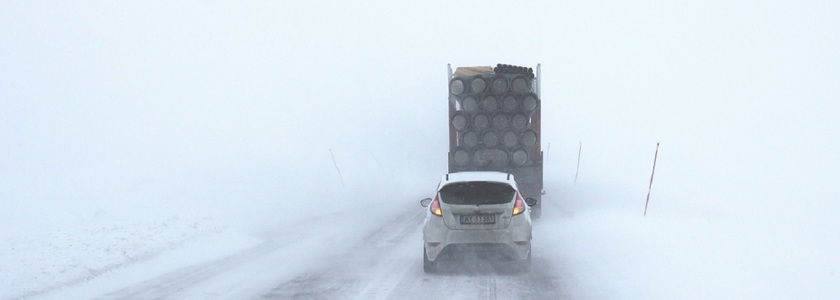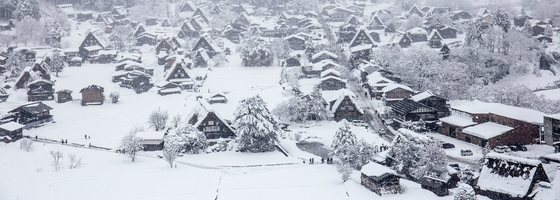

The Fine Line of Winter Road Conditions
Over the past several decades the accuracy of weather forecasts has improved considerably. Compared with 30 years ago, the 10-day forecast, currently, is about as accurate as the 7-day forecast was in the late 1980s. Even with this marked improvement, though, there is still much room for further improvement, particularly when it comes to the complexity of forecasting and alerting for winter weather. Just a degree of temperature change near the ground, or a brief burst of snowfall during rush hour can lead to hazardous, even deadly, travel on the roads.
In fact, a recent study by CIMMS (Cooperative Institute for Mesoscale Meteorological Studies) undergraduate researcher Joe Burzdak found that in the United States, more than half (54%) of winter weather-related fatal crashes occurred when no advisory or warning had been issued by the National Weather Service. The problem isn't so much that forecasters are missing the major, crippling winter storms, it's that even seemingly minor winter weather events can still prove deadly.
Light accumulations of snow, less than an inch (2.54 cm), can cause roads to become slick enough that stopping at highway speeds can become difficult. Freezing drizzle or mist that is light enough to barely register with weather sensing equipment can lead to dangerous black ice, particularly on bridges and overpasses. In addition, wintry-type precipitation that falls early in the season can catch drivers off-guard who still think it is safe to travel at the same speeds or with the same following distance that was okay during the warmer months.
One of the new tools that has been developed by CIMMS researcher Shawn Handler is a computer model output that lets forecasters visualize road temperatures. It is this piece of information which is critical in determining how likely it is that snow or ice will accumulate and create hazardous road conditions, or if the precipitation will just melt on contact.
Also, in the last few years, the National Weather Service has started alerting Snow Squall Warnings. These are intended to alert the public when a short-lived (generally less than one hour) but intense burst of snow is expected to produce near whiteout conditions and possibly lead to accidents. Snow Squall-warned events often don’t produce much in the way of snow accumulation, as with typical Winter Storm-warned events, but can unfortunately still lead to deadly multi-car pileups.






